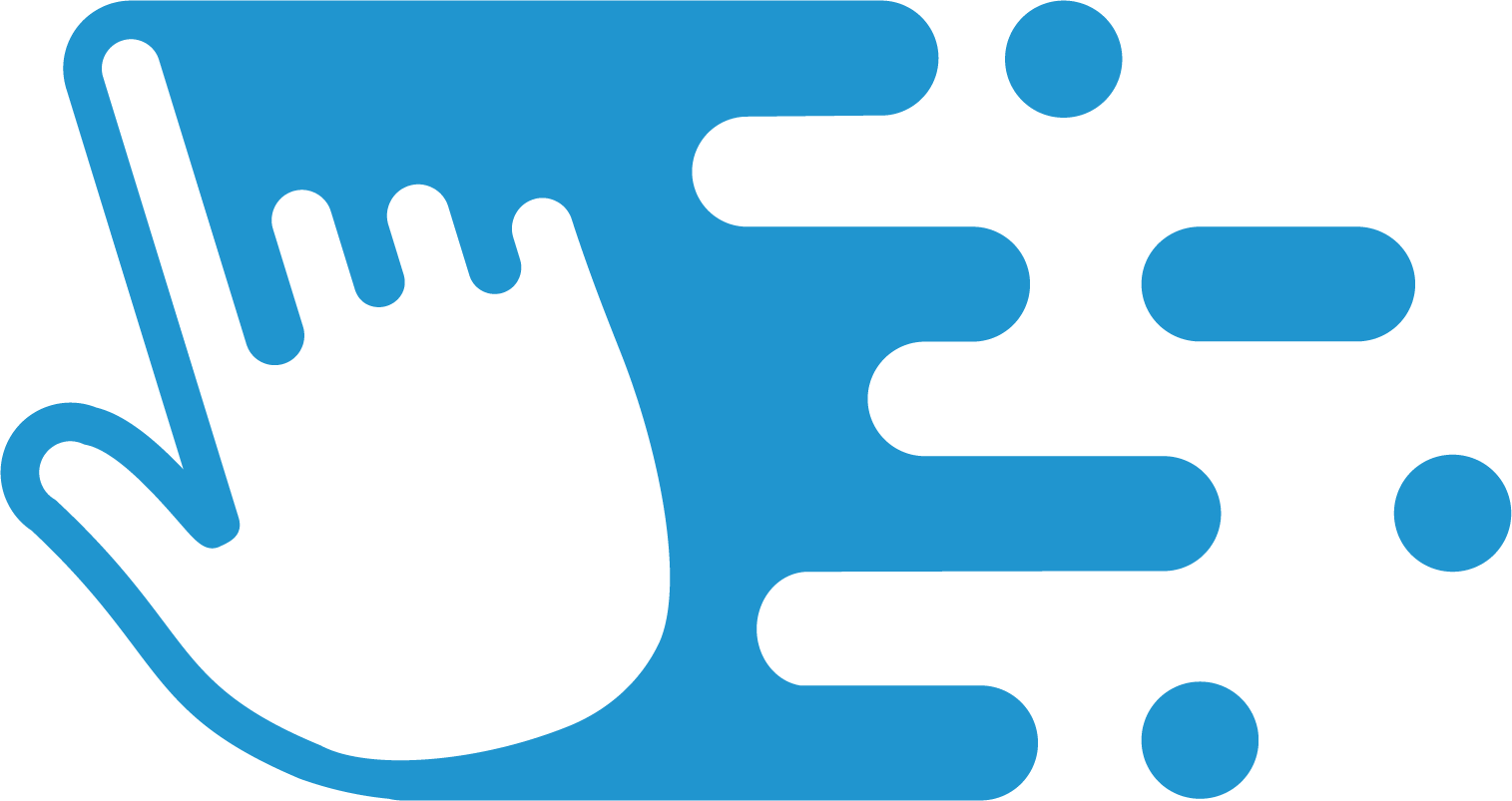When you’re managing an eLearning project, much of the effort is simply dedicated to keeping the project on track! While there’s an unlimited number of things that can go wrong with any project, one of the most frustrating things is when a stakeholder or subject matter expert keeps trying to move the goalpost! This usually comes in the form of additional feature requests, review cycles, or anything else that expands the total scope of the project.
Scope creep refers to the unexpected, uncontrollable, or continuous change in the scope of the overall project after it has begun.
As I explain in my book, The eLearning Designer’s Handbook, scope creep is usually the result of poor stakeholder management, poor communication, and misaligned expectations. And when scope creep runs amok, it can put your entire project at risk, causing delays and the inclusion of unnecessary, nice-to-know content or features within your eLearning course.
So, what can you do to avoid eLearning project scope creep? Well, the truth is, if there’s anything I’ve learned over the years, there’s not a whole lot you can do to avoid it completely. The best strategy is to learn how to manage it.
So, here are three tips for managing eLearning project scope creep.
Tip #1: Properly Scope Your Projects

My first tip for managing eLearning project scope creep is to properly scope your projects in the first place! I know that doesn’t sound revolutionary, but here’s the truth: you can’t claim scope creep on a project if you don’t have a well-defined scope to start with!
This means taking the time to fully understand the issue you’re trying to solve through the project, clearly defining what will be delivered at the project, how many review cycles will be included in the project, how the project will be implemented and evaluated, and much more. It can also be helpful to use an eLearning project management tool to keep all of these tasks on track and on time.
The lesson here is to avoid starting a project until you can define the parameters of that project. And this involves closely collaborating with your stakeholders and subject matter experts, which leads me to my second tip.
Tip #1: Recruit Your Stakeholders & SMEs

My second tip for managing eLearning project scope creep is to recruit your stakeholders and subject matter experts into the scoping of your project. Because most scope creep is caused by your stakeholders and SMEs making additional requests, they must have some involvement, not only in defining the scope of the project, but also in handling requests that fall outside of the scope of the project.
For example, when one of my stakeholders asks for something outside of the project’s scope, I like to employ the “Yes, and…” method. This method not only allows me to acknowledge their request, but also help them see the cost of what they’re asking for and invite them into finding an appropriate solution.
Here’s how it works: when a stakeholder asks if you can develop an entire eLearning course within a week, rather than just saying “no,” you can say…
“Yes, I can develop the course within a week, and that means we’ll need to deprioritize these other projects and use Rise instead of Articulate Storyline. What do you think?”
Or, when they ask at the last minute to invite additional people to review the course and provide feedback, rather than saying “no,” you can say…
“Yes, we can invite additional reviewers into the project, and that means we’ll need to push the delivery date out by two weeks. Does that work with your schedule?”
Note, the “Yes, and…” method isn’t meant to help you avoid the potential scope creep altogether. Instead, it’s intended to make your stakeholders face the cost of what they’re asking for. And sometimes, they may still insist on pushing forward with their requests, so make sure the outcome is something you can realistically swallow. This leads me to my next tip.
Tip #3: Anticipate & Allow for Some Scope Creep

My third and final tip for managing eLearning project scope creep is to anticipate and allow for some scope creep. As I mentioned at the start of this post, there’s no surefire way to avoid scope creep altogether. In fact, I can’t think of a project I’ve ever worked on that didn’t have at least a little scope creep.
For example, whenever I create an eLearning project plan and development timeline, I always build in some extra time for unexpected delays, review cycles, or requests. This allows me some flexibility without risking the project (or my sanity). And of course, if there’s little or no scope creep, then I get to celebrate finishing the project a little early.
The Bottom Line
While eLearning project scope creep can be frustrating, if you take the time to scope your projects, involve your stakeholders and subject matter experts, and make a little room for some scope creep, you can make your life a little easier and make your stakeholders a little happier.
If you’d like to learn more about managing your eLearning projects, check out this post.
What other tips do you have for managing eLearning project scope creep? Share them by commenting below!








